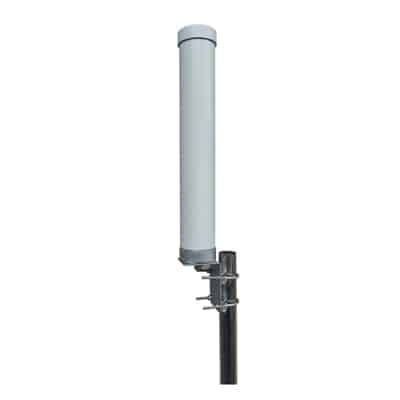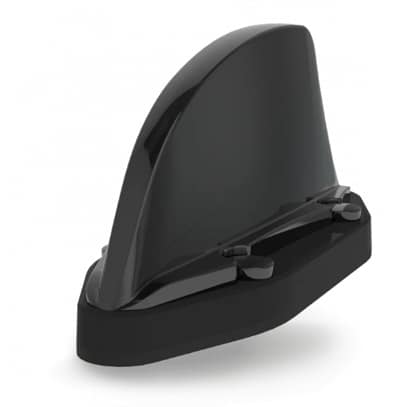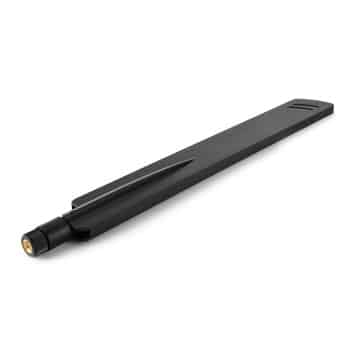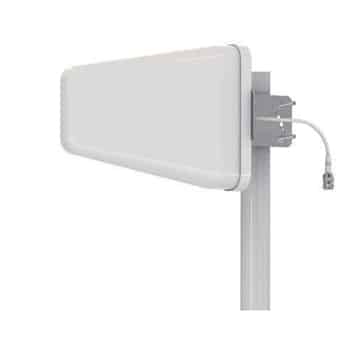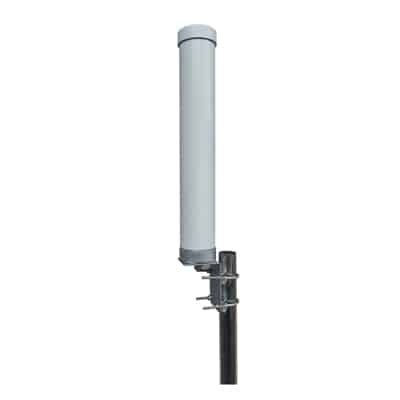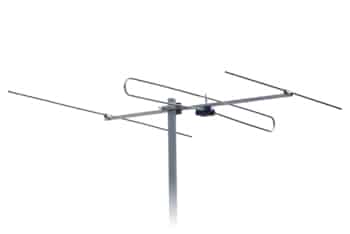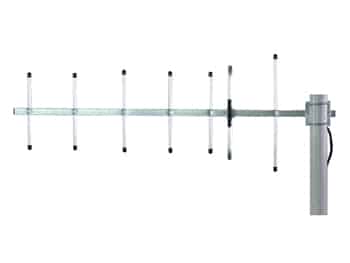This article is an introduction to Long Range Wide Area Network (LoRaWAN) sensors and why they are important. It explains the benefits of deploying a LoRaWAN sensor, what an Internet of Things (IoT) sensor is, what types of sensors are available, and the working principle of the LoRaWAN sensors followed by a few different types of LoRaWAN sensors. Finally, we will conclude with the advantages of using LoRaWAN sensors in your IoT application.
Table of Contents
ToggleWhat is LoRaWAN and why is it important?
As discussed in previous articles, LoRaWAN stands for “Long Range Wide Area Network” which is a network protocol sitting on top of the LoRa radio modulation. It has become popular with the advancement of Alliances promoting LoRa in Internet of Things (IoT) applications. These promising features include:
- Long-range operation: LoRaWAN IoT applications can establish long-range communication spanning up to 13 km in a rural environment and up to ~ 10 km in an urban environment.
- Low power consumption: LoRaWAN devices enabled by LoRa radio modulation consumes low power compared to other Wide Area Network (WAN) such as cellular communication.
- Secure connection: LoRa-enabled devices are enabled by 128-bit AES encryption to secure the transmission of information.
- Improved battery life: LoRa deployed devices are usually battery-powered and would have a battery life of about 10 years
- Low cost of devices
These features make LoRaWAN a popular option for Low Power WAN (LPWAN) IoT applications which require a small payload and bandwidth.
What is LoRaWAN sensor?
LoRaWAN sensors are the end devices deployed in a LoRaWAN network. They fall into the large categories of IoT sensors. Therefore, it is worthwhile discussing what an IoT sensor is.
An IoT sensor is the end device responsible for interacting with the physical environment. They acquire physical parameter values and convert them into signals which are then read by an intelligent node such as a microcontroller. The main feature of an IoT sensor is that it would transmit the collected physical data via the internet to the intelligent node. To facilitate internet connection different wireless communication mediums such as Wi-Fi and cellular are widely used.
Now having a brief understanding of what an IoT sensor is, let us see what LoRaWAN sensors are. LoRaWAN sensors are a type of IoT sensor, where the wireless communication medium is LoRa radio modulation. These inherently have the advantageous features of LoRa radio modulation we discussed earlier. LoRaWAN sensors would act like regular IoT sensors, apart from these inherent features. However, they are customized to be deployed in LoRaWAN networks rather than on conventional WAN networks.
The need for such LoRaWAN sensors emerged due to the many applications employing LoRa radio modulation. This was motivated by their cheap cost and lower power consumption, making them ideal for battery-powered sensors. Moreover, LoRaWAN sensors can transfer information over a long distance, making them superior compared to conventional IoT sensors. Also, due to the use LoRa radio modulation, they can perform very well in environments where there can be more interferences and noise.
Working Principle of LoRaWAN sensor
LoRaWAN sensors consist of two main elements:
- Sensing Element
- LoRa module
The sensing element is responsible for acquiring or sensing the desired physical parameters. These can be varied from different sensing elements such as accelerometers, temperature sensing elements, pressure sensors, etc.
The LoRa module acts as the radio module or the communication module. This enables LoRa radio modulation to allow the transfer of collecting sensor data to an intelligent unit. It is also responsible for enabling security measurements such as proper encryption to enable LoRa radio modulation. LoRa modules would not transmit data continuously and have a limited rate of transmission. This, however, adds latency in communication. LoRaWAN sensors are divided into three main classes, depending on their data transmission mode as in the receive link:
- Class A: These are allowed to receive information on specified receive windows
- Class B: These are given additional receiving windows, however, they are pre-planned
- Class C: These would receive information unless they are transmitting data, hence less latency. However, these classes of devices are very energy intensive
Ideally, LoRaWAN sensors would communicate the sensor data to a LoRa gateway in the LoRaWAN, or in some cases it would communicate directly into a central node such as a server. This information is then processed by a central node such as a local server or a cloud server, where the user can access and monitor their application.
What can Tesswave do for you?
Tesswave provide 100+ antenna products and you can contact us for antenna customized solutions, get in touch with us today to get a Free quote.
Get an Instant Quote
Get a FREE quote and we will contact you within an hour
Types of LoRaWAN sensor
LoRaWAN sensors can be divided into different categories depending on the type of application being used. LoRaWAN networks are popular in the following verticals:
- Monitoring applications: LoRaWAN devices can send information as short bursts of messages, thus making them suitable for applications that do not require uninterrupted surveillance
- Secure applications: Due to the inherent security features, LoRaWAN sensors are favored in applications that require high security
- Long-range applications: LoRaWAN sensors can transmit information over long range, thus making them an ideal candidate in asset monitoring that requires long-range operation
Depending on the verticals and different application types of LoRaWAN sensors differ. In this article, we will briefly go through some of the common LoRaWAN sensors.
- Motion Sensors
These are used to detect motion in applications such as asset monitoring, home security, automation applications, and occupancy tracking. Motion sensors can detect the motion of people and objects. These then will trigger an alarm or make a count of motion detected. There are various commercial motion sensors available catering to different user applications.
- Tracking Sensors
Tracking LoRaWAN sensors are useful in tracking assets in industries such as supply chains. These are usually mounted on top of objects or people to track them over large distances. The main advantage of LoRaWAN tracking sensors, when compared to other tracking devices, is their energy efficiency.
- Environmental Sensors
These are the most popular LoRaWAN sensors which are currently in use. Environmental LoRaWAN sensors can measure CO2 level, humidity, temperature, air quality, etc., and are widely used in smart agriculture, disaster monitoring applications, smart cities, and in other public services. Currently, there is a huge demand for LoRaWAN environmental sensors, due to their low power and cheaper maintenance cost.
Why use LoRaWAN sensor?
You may want to consider LoRaWAN sensors in your application if you are checking the following factors:
- Use of LoRaWAN network to enable long range operation
- Use of battery-powered end devices, thus limiting the allowable power consumption
- The presence of numerous noise sources and interferences in the operating environment. A good example of such an environment is an automation plant
- Security and reliability are key major factors in the application
However, reasons to choose LoRaWAN sensors are not limited to the above driving factors but depend on the user application’s nature.
Benefits of LoRaWAN sensor
Some of the key benefits of deploying LoRaWAN sensors are:
- They are easy to deploy. Also, the incurred maintenance cost is very low when compared to other IoT solutions such as Wi-Fi
- LoRaWAN sensors utilize the unlicensed frequency spectrum, which does not require additional licensing costs
- Low power consumption and long range of operation, make them a popular LPWAN network solution
- With the establishment of LoRa Alliance, LoRa-based sensors are supported and well-recognized globally
- Long-lasting battery life
- Secure and reliable connection
Conclusion
In conclusion, we can say that LoRaWAN sensors are a popular solution for your IoT application if the range of operation and battery life are your major concerns. Nevertheless, LoRaWAN sensors ensure the reliability of Wide Area Network IoT applications.

